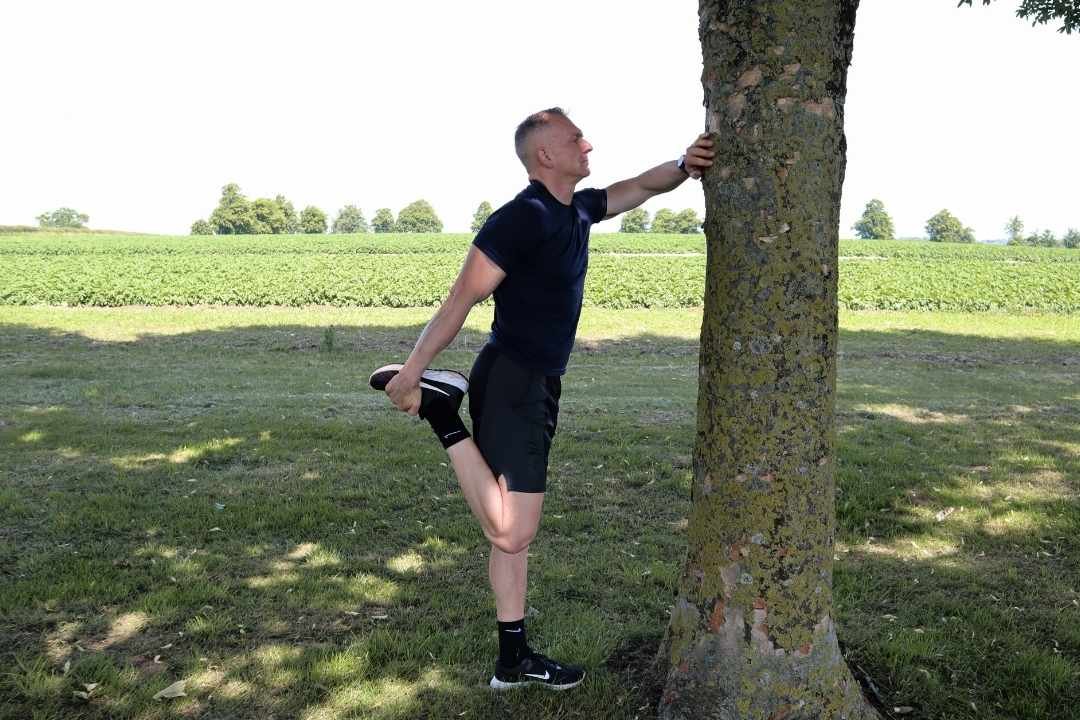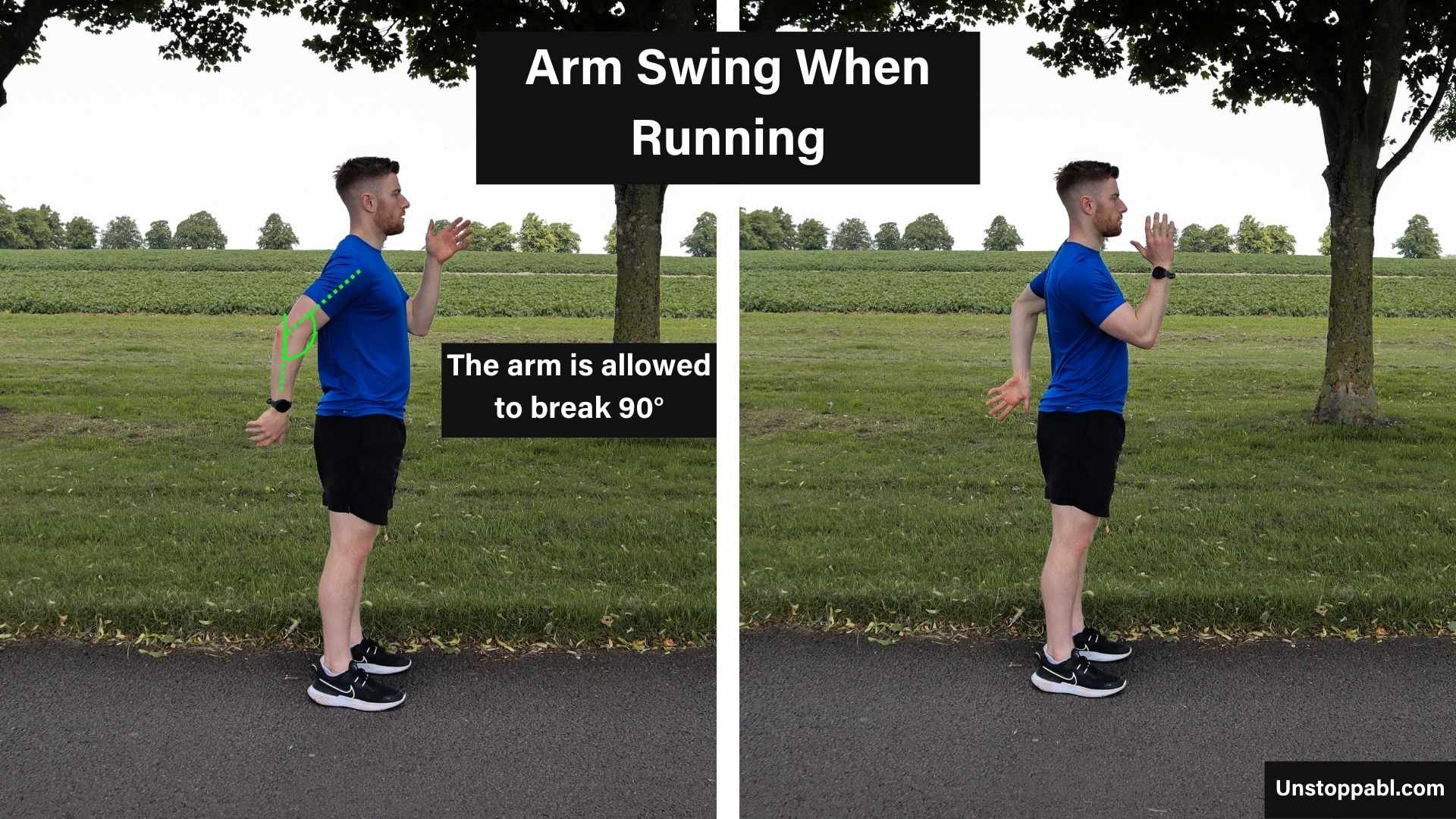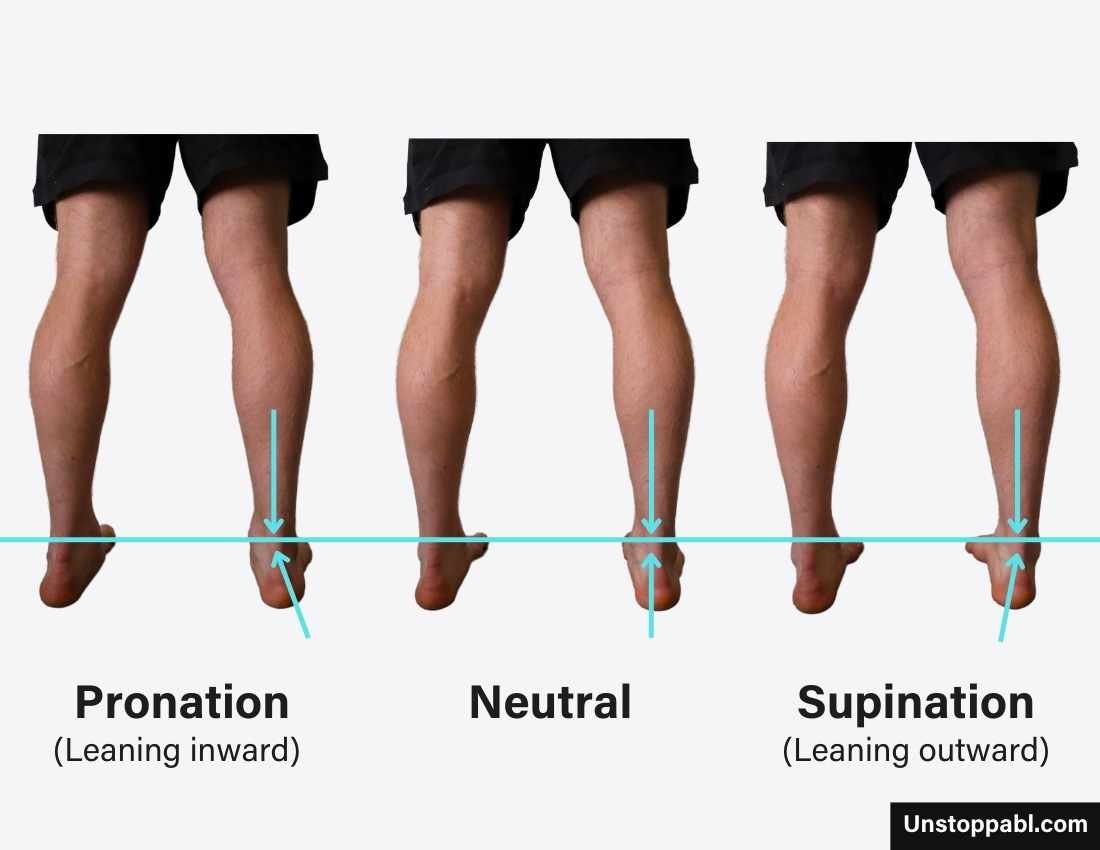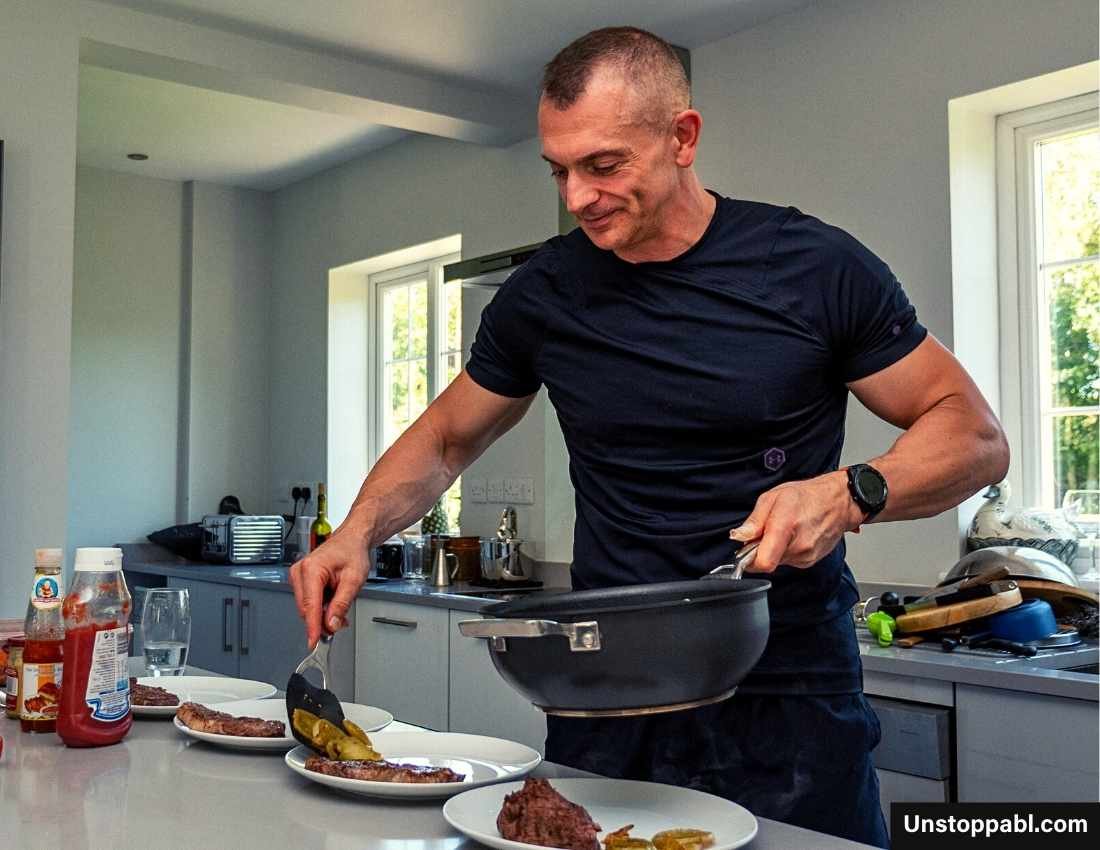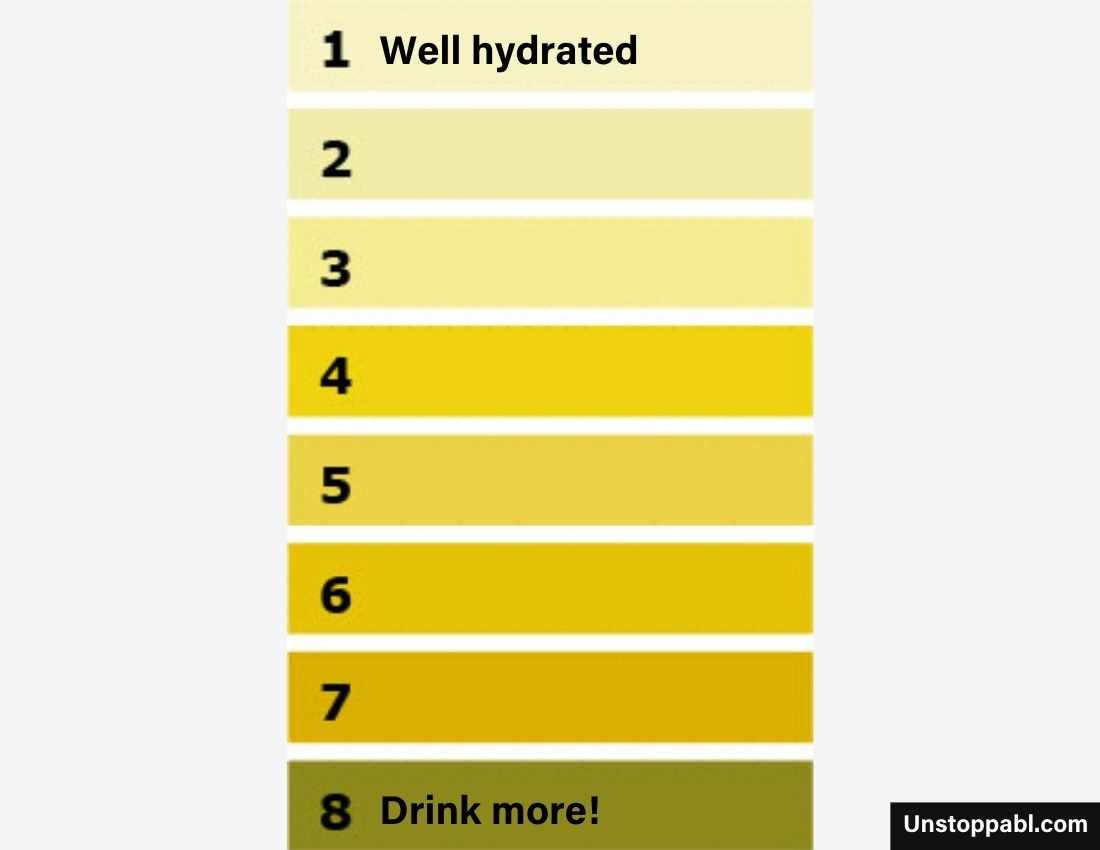Legs heavy when running? Here’s why and how to fix them
Contents Show
Do your legs feel heavy when running?
We’ve all been there. You put on your running shoes but your tired legs feel like dead weight and you don’t know how you’re going to get through your run.
Why does this happen? And what are the solutions to make sure you don’t get heavy legs when you run?
In this article, we’ll answer those questions.
The common theme that runs through this blog is recovery or a lack of it.
It’s a hard pill to swallow, but if your legs are feeling heavy when you’re running you are either:
Doing too much running or training for what your body can currently cope with right now
Or you aren’t giving your body enough time to recover properly between your runs.
To explain why you’re getting heavy legs right now we need to understand general adaptation syndrome. This sets the context and solutions provided in the rest of the blog.
General adaptation syndrome
General adaptation syndrome is a 3 stage response to stress. The three stages are alarm, resistance, and exhaustion.
Alarm phase
You trigger the alarm phase when you experience a new or more intense stress than you’re used to. You’re disrupting your bodies homeostasis.
Examples of this could be:
Faster running speeds
Running for longer than you normally do
Taking less rest between interval runs
Lifting heavier in the gym
Doing more reps
The alarm phase is an accumulation of fatigue, muscle soreness, stiffness, reduced energy levels, and temporary decreases in performance.
I’m sure you know the feeling when you hit your next run session after a heavy gym workout and you’re sore and your tired legs just won’t run fast.
Resistance phase
After the alarm phase you move into the resistance phase. This is where your body starts to adapt and recover from the initial stress.
If you do this right, you will recover and adapt better, get fitter, stronger, and faster than before.
Exhaustion phase
If the stress was too much, you did too much running, trained too hard, and didn’t recover. This is where you can move into the exhaustion phase.
This is where you don’t recover and adapt, become more fatigued and feel worse over time.
It’s kind of like someone who’s new to running going straight out and trying to do three 60 minute runs every week. They won’t adapt, they’ll get injured and they won’t be able to run long term.
Here are the factors that could be causing you to have heavy legs when running and how you can fix them
Poor sleep
One of the most important causes of heavy legs is how much good quality sleep you are or aren’t getting right now. 1 in 3 people are not getting enough sleep. (1)
Apart from getting heavy legs when you run, lack of sleep:
Makes your runs feel harder
Affects the speed you can run at
Impacts your concentration levels
Decreases your reaction time
Can lead to poor running form
The amount of sleep varies from person to person. Most people need somewhere between 7-9 hours of sleep a night. (2)
How to get more sleep
Sleep in cycles not hours
Avoid caffeine late in the day
Come off your phone and stop watching TV 90 minutes before your planned sleep time
Nap in the day if you can
Make sleep a priority like your running training
If you’re struggling to sleep right now, you can read our article showing you how you can sleep better here.
Sub-optimal running form
Running is taxing on the legs. Runners can exert 2-3 times their body weight each time they strike the ground.
If you’re not running with good form, this could explain why you’re getting heavy legs.
You’re placing unnecessary force and stress on your legs, causing you to run slow, tire more, and increase your risk of injury too.
How to run with optimal form
It’s important to note everyone’s running form is different.
What works for one doesn't always work for another. But it’s agreed by coaches and runners that improving certain elements of running form will help improve your performance, make you less tired, and help end that heavy legs feeling when you run.
We explain how to run with optimal form of these in much more detail here, but here are some general guidelines to look for when you run:
Strike the ground with your forefoot. If you’re a heel striker, it’s time to change that, as this can increase injury risk, force, and stress on your lower body. This can lead to that heavy legs feeling you’re experiencing right now
Keep your tailbone long. To do this keep your chest up and forward. This will help you to run with more efficiency
Keep a strong foot throughout. If the foot can’t absorb force, your upper leg will take more of the force and stress. A few exercises you can do to improve strength in your feet are toe pick-ups and single leg calf raises
Swing and twist your arms. The fastest most efficient runners swing, twist, and bend their arms when they run
Too much weight training
An important quality in all fast runners is strength. Your whole body needs to be strong enough to transfer force through your body, so you can run faster with more efficiency.
Don’t overdo things in the weight room though. Chasing PB's and lifting too heavy in the weight room will slow you down.
If you can:
Squat 1.5 times your body weight
Deadlift 1.75 times your bodyweight
Press up your bodyweight for 10-20 reps
You have enough strength for running.
Too much weight training can lead to stiff and sore legs that can feel like you’re running with lead in your legs.
Strength training for runners
There is no one size fits all. The amount of weight training you need depends on your age, fitness level, what you can tolerate, where you are in your running season, and many other factors.
It’s why every single one of our running clients gets a unique periodised training plan that is personal to them and them alone.
Here are some general guidelines to follow when it comes to strength training plan as a runner:
Do your weight sessions on different days to your runs (if you can’t do this, make sure you run first and then do weights after)
Leave 2-3 rest days between each weight training session
Only do 2-3 weights sessions a week. With the right programme, this is the most amount of strength and conditioning runners need.
Overtraining
We love to push ourselves when we run. You get that sudden rush of endorphins, it energises you, and is the perfect way to come off a busy, stressful workday.
To improve as a runner and stop the heavy legs feeling, you shouldn’t be doing every single run or weight workout at 100% of your intensity.
If you feel like you have heavy tired legs when you run or post run, there’s a good chance you’re overtraining right now.
Signs of overtraining
Decline in running performances
Tired all the time
Every run feels hard
Headaches
More injuries and illness
Irritability
Dealing with overtraining
The more immediate solution is to stop training for a few days until you start to feel the signs of overtraining disappear.
To avoid this happening in the future, add deloads into your training plan. We schedule in deload weeks for our clients and ourselves every 4 weeks.
To deload means dropping the intensity and volume in your workouts. This could be 1 less set with less weight lifted in the gym. This could be running for 10 minutes less on a deload week and easing off the pace.
At Unstoppabl we do 3 weeks of loading and then we have a week of deloading.
This gives our clients time to recover from intense training, adapt and become better runners.
Wearing the wrong shoes
Wearing the wrong shoes can make your legs feel heavy too. You need shoes that suit your pronation.
How to know which type of pronation you are
Go to your local running store and have them analyse your gait. Then you can come back to this blog and select a pair of running shoes that match your pronation.
You can also check the wear on your current pair of running shoes.
Neutral runners have wear on the middle of their shoe
Supinating runners have wear on the outside of their shoe
Overpronating runners have wear on the inside of their shoe
We recommend having a more cushioned pair of trainers to train in week in week out, and a lighter pair that you can save for race days, or your next parkrun.
Note: you should replace your run shoes every 300-500 miles.
Are you eating enough carbs, fats, or protein?
All 3 are important to make sure you don’t go into your runs with heavy legs. Let’s break down all three.
Carbohydrates
Carbohydrates are your bodies preferred energy source. If you’re not eating many carbs, you’re likely to have less glycogen in your muscles and less energy on your runs. This can make you feel like life is leaving your legs.
That’s not to say you need to be increasing the amounts of carbs you eat. A well-balanced diet that is high in good quality carbohydrates will serve you and your legs well. Fruit and vegetables (not surprisingly) should be at the top of your list.
Make sure you’re not trying to run on an empty stomach, and make sure you have enough carbs before you run.
Top-level athletes don’t train on an empty stomach, so you shouldn’t either.
Fat
This can also be a contributing factor to heavy legs.
The distance you’re running will determine how important fats in your diet are.
Fat is a bit like putting a log on the fire, it burns for a long time and gives you a lot of energy.
So, if you’re a runner doing 10k’s or higher, fat consumption will be more important. Again, keep it healthy and balanced with things like nuts, avocados, fish, and eggs. Somewhere between 20-35% of your daily caloric intake should be fat (0.5-1.5g per kg of your bodyweight per day).
Protein
Protein helps your muscles to repair, recover and rebuild stronger. If you’re not getting enough protein in your diet right now this could explain why you’re getting heavy legs when your run.
At Unstoppabl, our aim is for all our clients to hit at least 1.6 grams of protein per kilo of their bodyweight. This is enough protein to help your muscles repair, recover, and rebuild.
You should be eating protein at every meal. Aim for 20-40g of protein per meal. Less than 20g will not benefit your recovery. More than 40g will not give you more recovery either. The body can only absorb so much protein at a time. Research suggests 40g is the upper limit for this.
If you’ve finished a run or a workout, we recommend having a protein shake within 30 minutes. This is when muscle protein synthesis is at its highest, meaning you can maximise your recovery from exercise. Take advantage of this window.
Are you dehydrated?
Being dehydrated can make you feel tired and heavy when you run.
50-60% of our bodies are water. (3)
If you’re dehydrated:
Your body cannot pass important nutrients through your body as well
Higher risk of muscle cramps
Increased risk of heat exhaustion
Higher risk of heatstroke
Your run performances will be affected
To prevent hydration the obvious thing to do is to drink more water. As you go to the toilet throughout the day check the colour of your pee. The darker it is the less hydrated you are. The clearer the better hydrated you are.
How to hydrate as a runner
We recommend taking an electrolyte supplement. These come in water soluble tablets or as a powder. If you’re using powder, put a couple of scoops into 2 litres of water and drink throughout the day.
This ensures you have enough essential minerals in your body and maintains key functions in your body.
Things change when you’re hydrating around your runs. Drinking water may not be enough. You may need a drink that contains carbohydrates to keep you fuelled throughout your run.
The sports drink you need will depend on how hydrated you are and the length of your run.
There are 3 main sports drinks. It’s important to note the higher the sugar content the slower the absorption into the body
Isotonic
Isotonic drinks are around 4-8% carbohydrate solution
They contain a medium amount of electrolytes
They are good when you’re already hydrated
They are good before and during your run
Hypotonic
Hypotonic drinks are less than 6% carbohydrate solution
They contain high amounts of electrolytes
These are best to take when you’re dehydrated or planning to run in hot conditions
They are good to consume during your run
Hypertonic
Hypertonic drinks are 8% or more carbohydrate solutions
They have high amounts of electrolytes in them
Best to take when you’re severely dehydrated, you’re running for a long period of time, and the conditions are hot
Hypertonic drinks are best to take during your run
Do you warm up and cool down after every run or workout?
Warming up
You don’t need loads of time to warm up or cool down. A warm up is the foundation for your run. If you skip your warm up, your body isn’t prepared for the session or race.
This is why some runners note that for their first 1km of their run they are struggling get their breathing under control. Likewise, if you’re legs are not prepped and ready to run you will experience that heavy legs feeling.
We’ve shown you how you can warm up before running in 5 minutes here.
Cooling down
A post run cool down helps to bring your heart race back down to resting levels and flush out metabolic by products built up in the muscles during your run.
A post run cool down prevents carrying over any muscle soreness into later runs.
We’ve put together a blog post here showing you how you can cool down in less than 3 minutes.
Weight gain
Fat don’t fly! Your legs are exposed to 3-times your bodyweight when you run. Carrying extra weight will put extra demand on your legs. To lose excess weight:
Track your calories
Eat a high protein diet
Increase your fruit and vegetable content
Exercise more
If you’re a little bit heavier than you’d like right now, we’ve put together a blog detailing the best weight loss tips you can do outside of exercise.
Poor circulation
Poor circulation can also cause heavy legs when running. If you have poor circulation, you may be at risk of blood pooling. This can cause swollen heavy legs. It also means less oxygen and nutrients are getting to your working muscles which will impact your running performances too.
Get some Normatecs
NormaTecs can increase circulation in your legs and speed up your recovery. This compression device surrounds your legs and uses compressed air to massage your legs.
These are worth every penny and are a great investment.
Normatec leg attachments
Sauna into cold shower
When you’re in the sauna your blood vessels dilate (vasodilation).
Take a cold shower as soon as you come out of the sauna. Your blood vessels with constrict (vasoconstriction).
Sauna into a cold shower can help improve your circulation.
We recommend 15-30 minutes of sauna time followed by a 2-minute cold shower.
Regular sauna use has others benefits for long distance runners which are worth mentioning:
Lower resting heart rate (4)
Increased red blood cell count (5)
Increased efficiency of oxygen transport to the muscles (6)
Increased time it takes to run to exhaustion. One study showed a 32% increase in running performance! (7)
Lowered heart rate at the same workload (8)
There are lots of benefits to regular sauna use, which will be for another article.
Are you Iron deficient?
Iron is in haemoglobin which is a protein in your red blood cells. Your red blood cells carry oxygen to your muscles which is particularly important when you run.
If you’re deficient in iron your body is having a hard time getting the right amount of oxygen to your muscles. This could be one reason why you’re experiencing a heavy legs sensation when you run.
Vegetarians and vegans are more susceptible to low iron levels due to their diets. Iron rich foods include:
Chickpeas
Beans
Tofu
Cashew nuts
Kale
Figs
Raisins
Quinoa
Dried apricots
Pumpkin seeds
Females are also more susceptible to iron deficiency as they lose iron every month during their period.
If you’re a female runner it’s worth going to your local GP, having your blood screened and seeing if you have low iron levels.
If you are deficient in iron, make sure those foods I’ve mentioned are staples in your diet. Also consider taking a good multivitamin or iron supplement.
Poor quality diet
Fruit and vegetables should be a staple in everyone’s diet, especially if you’re a runner.
There aren’t any excuses for not eating fruits and vegetables at every meal.
The quality of your diet impacts the quality of your life!
Eat crap you’ll look and feel like crap. Eat healthy you’ll look and feel healthy. It’s that simple.
There are so many benefits to eating fruit and vegetables. There’s lots of compelling research showing diets rich in fruit and vegetables:
The quality of your diet matters. The risk to reward ratio of eating processed foods is not worth it. It not only impacts how you feel when you run but your long term health too.
If you’re not already, make the decision start eating one portion of fruit and vegetables with each meal. You will feel a million times better for it, and it’s likely to help you recover faster between your runs.
The wrong plan of action for you as a runner
When a new running client comes onboard with us at Unstoppabl we plan what their annual training plan is going to look like.
Then we decide on the appropriate methods of running, the best exercises, the order of those exercises, the length of each run, how we will progress each run, how we will test to see if our clients are getting better, and so much more.
Once we have all the information we need, we then periodise their training plan.
That means waves of intense periods of training followed by less intense periods. This is so our running clients can recover and adapt, get stronger, fitter and faster than they were before.
The point I’m making is, do you have a plan when you run? Or do you 'just' go for a run?
If you said the latter, you’re likely to hit a plateau if you haven’t already. Most runners try running harder when this happens. This is only going to lead to injury, unenjoyable runs, heavy legs, and becoming a worse runner. Even though you’re doubling down on your efforts!
Train smarter not harder. Ready to get on board with an Unstoppabl run coach? Click the button below now.
Know when to call it a day
Take some rest days. You know your body better than anyone else. If you’re still experiencing heavy legs running after working through everything in this blog it’s time to stop and reassess how you’re training. Get in touch with us and let’s see how we can help.
